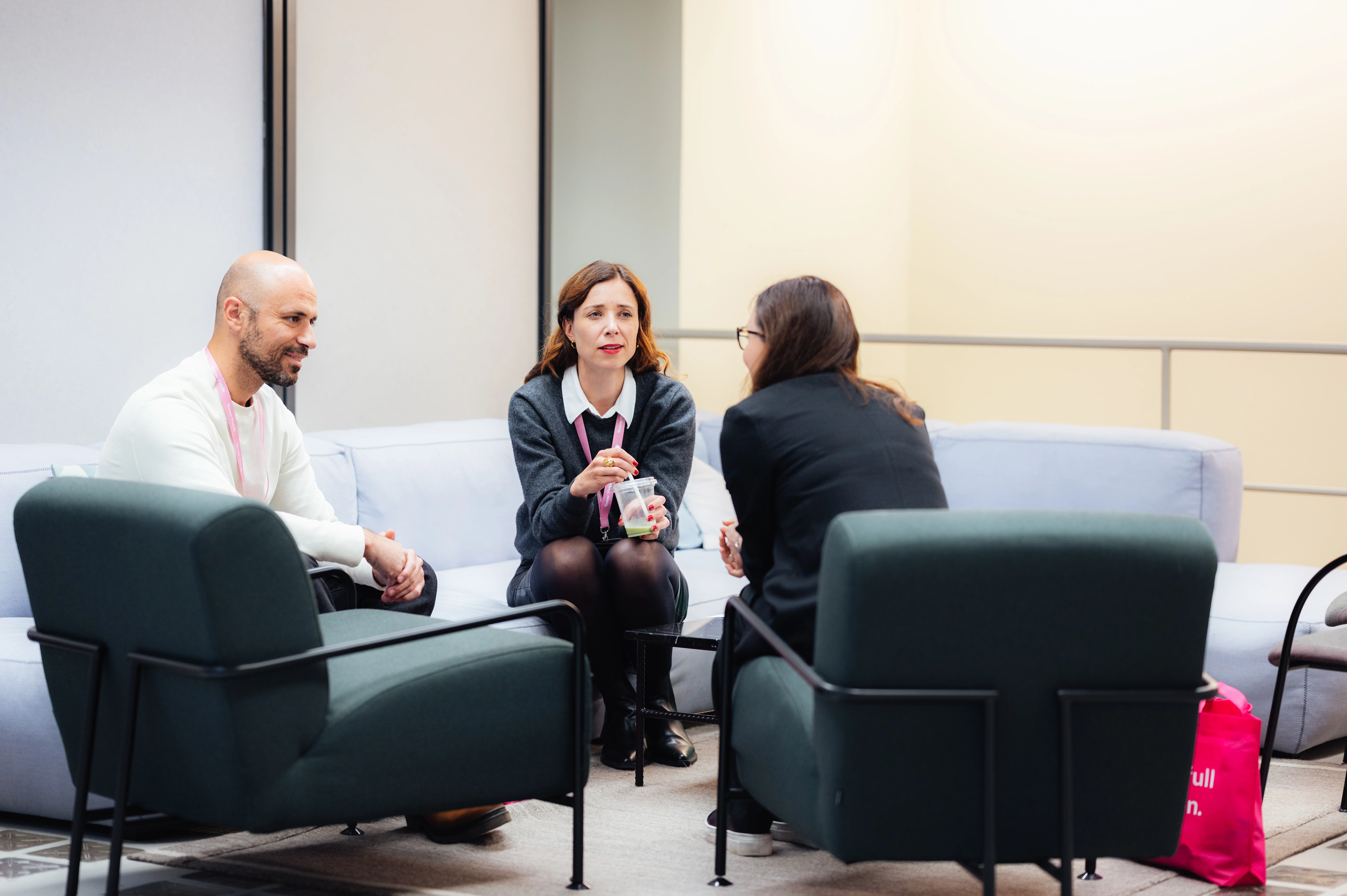
Have you ever wondered if you could design your life? Would you like to know what you want to do when you grow up? Wouldn’t it be great to know how to decide what is worth spending your time on? Design Thinking can help you figure a lot of this out. It’s not about having a linear plan, because life is anything but a straight line. Here are 5 Design Thinking principles that will help you make better choices in your own life.
The Design Thinking method is widely popular and can be applied to a wide range of problems. Companies use it when brainstorming on how to improve products, services, or internal processes. It can also help solve societal issues, such as how to make sure that people in Ghana have access to a clean toilet.
Design Thinking is a set of principles that will serve you well when you’re trying something new. My own experience has proved that to live well in the 21st century, it is inevitable to learn how to reinvent yourself constantly; as the information you learned as a student will inevitably be irrelevant when you are 40. Read below what you need to know about Design Thinking.
I like to create a vision board for myself at the beginning of each year (you can use this template to create one too). It serves me as a mental note for what I want to focus on in my life that year. I also strongly believe that this actually helps to program my mind towards my goals and I’m continuously amazed how many things actually did come true when I look at my vision board at the end of the year.

Pic: My 2020 vision board
Let’s assume that you’re thinking of a career change. You could gather some “hard data” that you can use to make your decision. One way to go about it is to keep a journal, where you track things like: what tasks and projects you enjoy working on; when you have the most energy; when you feel immersed into things that you’re doing; etc. It’s quite natural that when we discover a problem, we have a tendency to look for a solution immediately. At this point, resist this temptation and simply note down as many details as you can.
Ann Miura-Ko has once been called ‘the most powerful woman in startups’ by Forbes magazine. She said in an interview that when she read the book “How Will You Measure Life?” by Clayton M. Christensen, she got inspired by the “What job did you hire this milkshake for?” case study he used in the book and applied it to her own life, especially her parenting. Ann is asking herself the following questions regularly:
What job does my child need me to do?
What job does my partner need me to do?
What job does my friend need me to do?
This exercise has helped Ann come up with some incredible things that her beloved ones need her to do, rather than what she wants to do for them.
Coming back to the career change thought experiment, framing the challenge could look similar to this:
How might I find a more flexible job?
How might I find an impactful job and be also able to support myself?
How do I meet people with relevant experience that will help me learn about what interests me?
Tim Ferriss, the author of the bestseller The 4-Hour Workweek and author of one of the world’s most popular podcasts used this approach to take the pressure off when deciding what to focus on in his life. He says ‘It’s easy to convince yourself that things need to be hard, that if you’re not redlining, you’re not trying hard enough. This leads us to look for paths of most resistance, creating unnecessary hardship in the process.’ By taking a different approach (it can be as simple as rewording the problem we’re trying to solve), chances are that ideas will start to shape itself.
We all heard stories about how someone quit a corporate job to do something radically different and how amazing this decision had been for them. There are 2 problems with this: 1) it actually rarely works 2) these stories usually don’t disclose the full picture of taking numerous small steps and seemingly wrong turns towards a big decision before actually arriving at the turning point.
As Bill Burnett, Director of Stanford’s Design Program, says in his Tedtalk, ‘the answers are all out there with other people, that’s where the experience of your life will be.’ Therefore, embrace the diversity of ideas and experiences. This will help you look beyond unconscious biases (we all have them) and thought patterns that you tend to use. A 1995 research has shown that when we’re in unfamiliar situations and we need to assess people quickly, we tend to act according to previous experience, mental models, and pre-existing stereotypes. You don’t want them to hold you back in your creative process.

Pic attribution to www.rawpixel.com
Have you also heard that in order to have a career of your dreams, you have to follow your passion? Well, according to studies, only 20% of the population can identify a singular passion (Bill Damon, Path to Purpose). The remaining 80%, are either multipotential or they don’t have one ‘strong calling’ regarding what they want to do for the rest of their life.
We all know how it feels to have too many choices and not be able to decide. If you have too many choices, you need to narrow them to five or seven max (this is the number that psychologists say we as humans can handle). Bill Burnett argues that you need to be aware you can’t decide only from your rational mind (the gut feeling is a real thing). Instead, combining rational arguments with a gut feeling increases your chances of making a good decision.
You have to do one last thing and that is, sticking to your decision and letting go of contemplating whether it was the right one or not. Dan Gilbert knows a lot about what makes people (un)happy. He has found that if people are presented with an opportunity to reverse their decision, their chances of being happy with it go down by 66%. So it’s not ‘getting what you want’ that will lead you to be happy with your choices, but ‘wanting what you get.’
If you want to learn more about the Design Thinking process, consider signing up for a free workshop, part of the New Generation of Founders program by Google.


